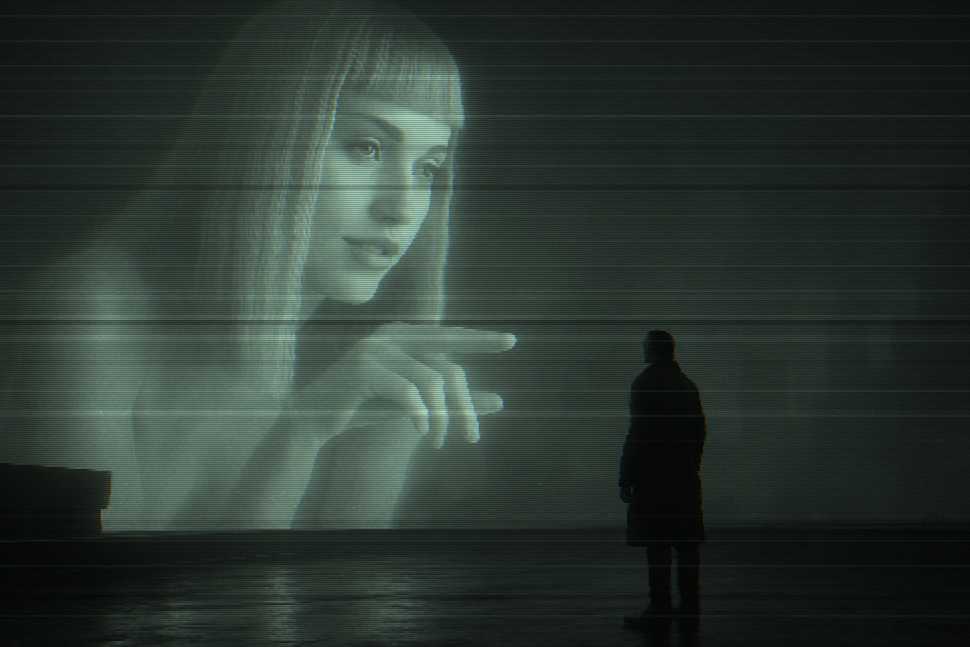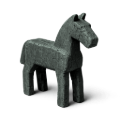
Blade Runner 2049 2017
This transmission continues Earth’s examination of artificial life. Thirty Earth years have passed since the previous record. The planet remains visually unpleasant and emotionally overcast. Most life is gone. Most buildings are broken. Humans appear to be surviving out of habit.
The primary focus is a replicant named K. He is designed to obey, and he does — until he doesn’t. His job is to eliminate older replicants who disobey. This is called “retirement,” though it involves violence.
K lives with a digital companion named Joi. She is not real, but speaks as if she is, and he responds as if she matters. Their relationship is based on visual projections, programmed affection, and emotional loneliness. It is surprisingly functional.
K discovers a secret: a replicant once gave birth. This should be impossible. Humans fear this information because it suggests machines might stop asking for permission. Some want to hide it. Others want to weaponize it. Most simply panic.
K begins to believe he might be the child in question. He is not. Still, the idea alters his behavior — proof that belief has greater influence on humans and near-humans than verified data.
He eventually finds Deckard, still alive, still grumbling, and now accompanied by a large dog that drinks what appears to be whiskey. Together, they attempt to protect the child, who is hidden in plain sight.
The film ends with K bleeding in the snow, having chosen a path that serves no direct benefit to himself. He appears content with this.
Conclusion: Humans continue to build synthetic beings with emotions, then express shock when those beings make emotional choices. They confuse obedience with identity, love with software, and freedom with sacrifice.
If Nebulon ever deploys artificial agents on Earth, emotional subroutines should be optional. Humans will bond with anything that reflects their sadness.
